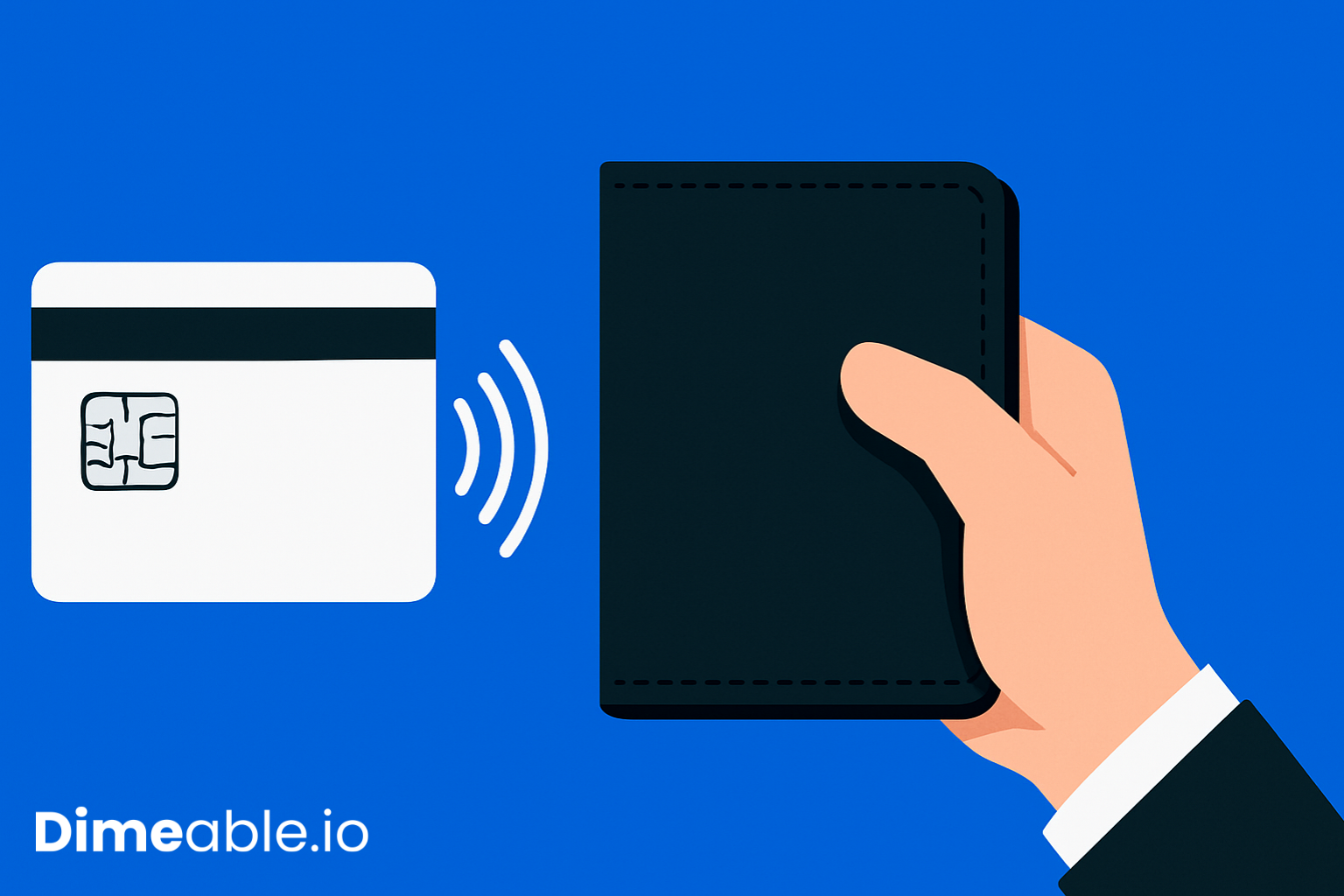Picture this: You’re standing in line at your favorite café, sipping on that overpriced almond milk latte, and scrolling through memes. Life is good. You finally get to the cashier, swipe your card—and… declined. You blink. Your bank app confirms it: your account’s been drained faster than you can say double espresso.
But how?! Your card never left your wallet.
Well, say hello to the digital age’s pickpocket: RFID skimming. And meet your potential hero in faux leather armor — the RFID wallet.
So, What Is RFID, Anyway?
Let’s decode the acronym before we dive in. RFID stands for Radio Frequency Identification. It’s a techie way of saying “wireless data transfer through radio waves.” Think of it as your credit card’s secret whisper to a card reader.
RFID-enabled credit and debit cards have a tiny chip and antenna inside. This allows you to tap your card instead of inserting or swiping it. It’s convenient. It’s fast. It’s also… a little risky.
Tap, Go… and Get Skimmed?
That same convenience can be exploited. Tech-savvy criminals use handheld scanners — basically devices that can pick up and read RFID signals from a distance (sometimes up to a few feet away). That means, yes — even if your card is safely tucked inside your wallet, it could still be read by the wrong person.
This is called RFID skimming.
RFID Skimming: A form of digital theft where thieves use wireless scanners to access your card info without touching it. Think of it as virtual pickpocketing.
Enter: The RFID-Blocking Wallet
An RFID wallet is exactly what it sounds like: a wallet that blocks RFID signals.
Imagine your wallet is wrapped in a tiny Faraday cage (okay, science nerds, let’s explain that). A Faraday cage is an enclosure that blocks electromagnetic fields. RFID wallets use similar materials — typically a mix of metal fibers woven into the lining — to stop radio waves in their tracks.
So when your RFID-enabled credit card is inside an RFID-blocking wallet, it’s like putting it inside a secure bunker. No radio signals in, no signals out.
But Does It Actually Work?
Yes. And no. Let’s unpack that.
When it helps:
-
If your card has RFID tech (most new cards do), a blocker can prevent unwanted scans.
-
In high-traffic areas (airports, subways, crowded malls), it adds an extra layer of protection.
-
It’s peace of mind for the price of lunch.
When it might be overkill:
-
Most RFID skimming crimes are rare compared to online fraud.
-
Chip cards use EMV encryption — so even if skimmed, most data is incomplete or unusable.
-
Newer payment systems (like Apple Pay, tokenized cards) are much harder to crack.
Stat Check: According to the Federal Trade Commission (FTC), identity theft is a growing problem — but RFID skimming remains a minor slice of the pie. Still, why leave the door even slightly open?
Choosing the Right RFID Wallet
Thinking of buying one? Great. Here’s what to look for:
- Protection: Confirm it actually has RFID-blocking material. Look for independent lab test results, if available.
- Design: Don’t sacrifice style. These days, RFID wallets come in everything from classic leather to sleek minimalist designs.
- Size: Some are slim cardholders; others are full-sized wallets with coin pouches and ID windows. Pick your poison.
- Brand Reputation: Go for trusted names — Bellroy, Secrid, Ridge Wallet, or even smart wallets like Ekster that offer tracking features.
Real Talk: Should You Get One?
If you:
-
Travel a lot
-
Use tap-to-pay cards
-
Live in a big city
-
Worry about digital security
Then yes, an RFID wallet could be a small, smart investment. It’s like locking your car even if you live in a safe neighborhood — just in case.
And let’s be honest: wallets were due for a 21st-century upgrade anyway.
Final Thoughts: Smart Protection in Your Pocket
In a world where your card can be compromised without ever leaving your pocket, an RFID wallet is your silent bodyguard. It’s not a guarantee — but it is a deterrent. Think of it as digital sunscreen: you might not need it every day, but you’ll be glad it’s there when you do.
So, the next time you grab your coffee, scroll your feed, and swipe that card — you’ll know that your finances are just a little bit safer.
Stay smart, stay stylish — and always block those signals.
